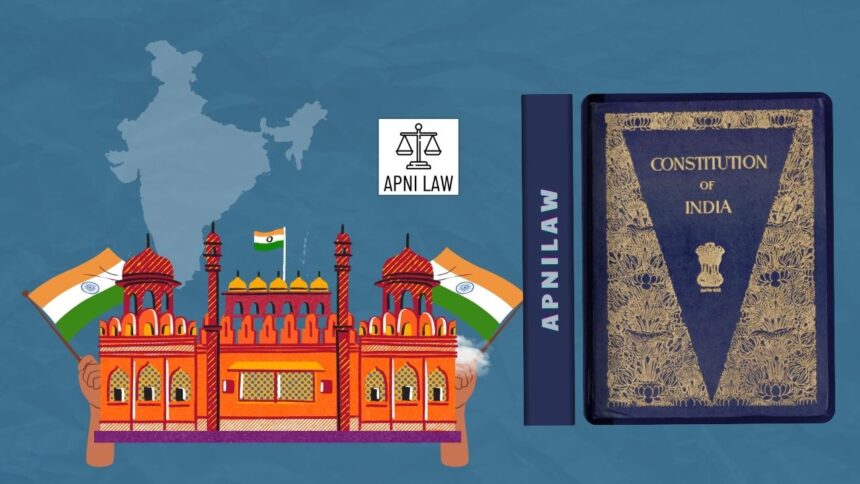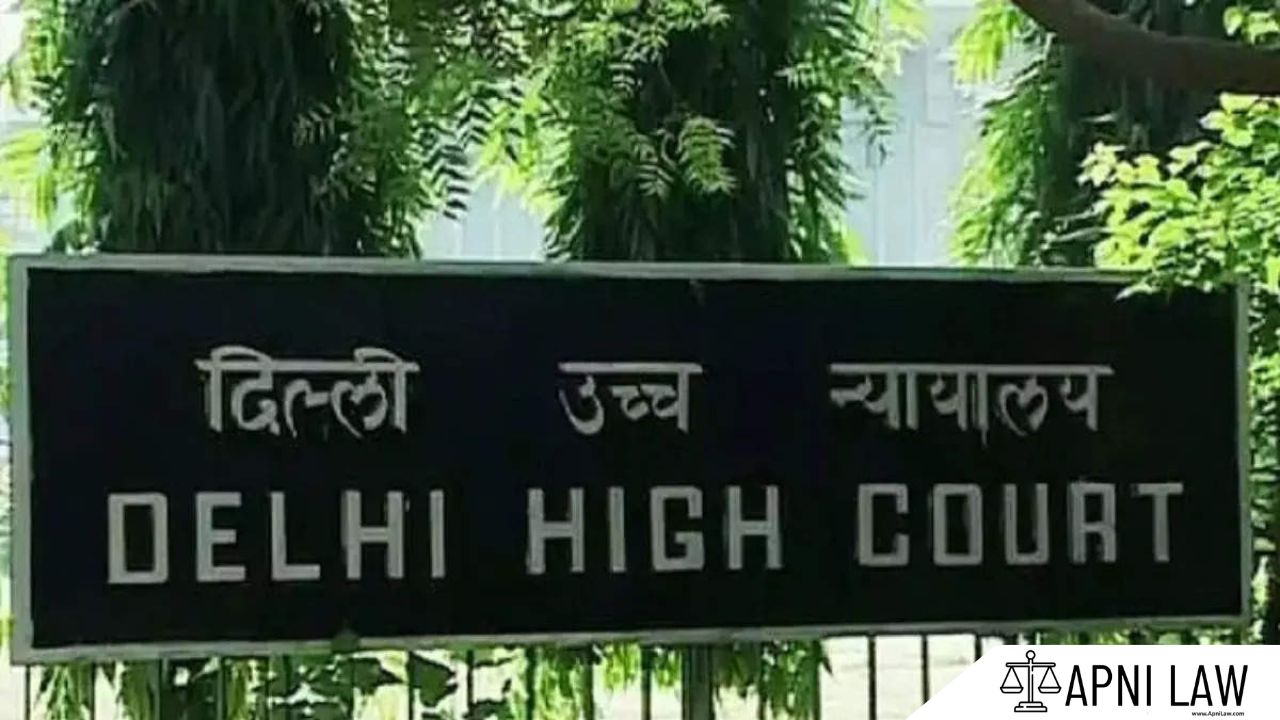Introduction
India’s Constitution was designed to balance power between the Union and the States, ensuring both independence and unity. The framers recognized that a diverse nation like India needed a strong central authority capable of maintaining stability, especially during crises. Article 355 embodies this idea. It places a constitutional duty upon the Union government to protect every State from external aggression, internal disturbance, and to ensure that each State’s governance follows the Constitution.
This article serves as a bridge between federalism and national security. While it maintains the federal character of India’s political system, it also grants the Centre responsibility to safeguard the States when their security or constitutional machinery is threatened. Article 355 ensures that the unity of the nation remains intact even when individual States face challenges beyond their control.
Text of Article 355
“It shall be the duty of the Union to protect every State against external aggression and internal disturbance and to ensure that the government of every State is carried on in accordance with the provisions of this Constitution.”
This brief but powerful provision gives the Union the authority — and obligation — to intervene when a State fails to maintain constitutional order or faces threats to its security.
Meaning and Scope
Article 355 has two important parts.
First, it imposes a duty on the Union to protect States against external aggression and internal disturbance. This means that when a State’s security is endangered by war, invasion, or violent rebellion, the Central Government must step in.
Second, it obligates the Union to ensure that the government of every State functions according to the Constitution. If a State’s administration collapses or violates constitutional norms, the Union must act to restore proper governance.
Therefore, Article 355 not only addresses physical threats like war or insurgency but also constitutional breakdowns within State governments.
Historical Background
The roots of Article 355 lie in Section 126 of the Government of India Act, 1935, which allowed the British Governor-General to intervene in provincial matters under certain conditions. After independence, India’s Constituent Assembly debated the need for a similar but democratic provision. The framers wanted to prevent misuse while still ensuring that the Union could protect the nation’s integrity.
Dr. B.R. Ambedkar, while introducing this article (then Draft Article 278), clarified that the provision did not grant arbitrary powers to the Centre but imposed a constitutional obligation to act when a State was unable to govern properly or defend itself.
Thus, Article 355 was not meant to weaken State autonomy but to maintain the federal structure through cooperative protection.
Purpose of Article 355
The purpose of Article 355 is both preventive and protective. It ensures that States are not left helpless during crises and that the Union does not remain a silent observer when constitutional governance fails.
Its main objectives are:
- To maintain the unity and integrity of India.
- To provide constitutional backing for Union intervention during emergencies.
- To protect States from external threats and internal unrest.
- To ensure that States act according to the Constitution.
In short, Article 355 strengthens India’s cooperative federalism by combining State autonomy with Union responsibility.
Relationship with Other Constitutional Provisions
Article 355 does not operate in isolation. It works closely with other constitutional provisions that deal with emergencies and federal relations.
1. Article 356 – President’s Rule
Article 355 often acts as a precursor to Article 356. When a State fails to maintain constitutional governance, the President can proclaim President’s Rule under Article 356. The Union’s duty under Article 355 becomes the justification for such action. However, Article 355 itself does not authorize the President to impose President’s Rule — it merely justifies the need for it.
2. Article 352 – National Emergency
In cases of external aggression or war, Article 352 empowers the President to declare a National Emergency. The Union’s duty to protect the State under Article 355 forms the basis for this action.
3. Article 365 – Failure to Comply with Union Directions
If a State disobeys the Union’s constitutional directions, it is considered a failure of constitutional machinery. Here too, Article 355 supports the Union’s responsibility to ensure compliance.
Together, these provisions create a framework for the Centre’s responsibility and authority during both constitutional and security crises.
Nature of the Provision
Article 355 is not a self-executing article. It does not grant the Union automatic powers to intervene. Instead, it imposes a constitutional duty that must be exercised through other constitutional mechanisms like Articles 356, 352, or 365.
In other words, Article 355 is declaratory, not enabling. It declares the Union’s responsibility but does not independently authorize any specific action. Any step taken under Article 355 must be backed by proper constitutional authority.
Instances of Application
Over the years, Article 355 has served as the constitutional basis for several Union interventions in States.
1. Punjab (1987):
Due to internal disturbances and militancy, the Centre justified President’s Rule under Article 356 based on its duty under Article 355 to maintain order and protect citizens.
2. Assam and Nagaland (1960s–1990s):
Internal insurgencies and violence in the Northeast prompted the Union to deploy security forces under Article 355 to restore peace.
3. Jammu & Kashmir (2018):
When the coalition government collapsed and law and order deteriorated, the Centre cited Article 355 as part of its constitutional obligation to maintain governance.
These examples demonstrate that while Article 355 is rarely invoked explicitly, it forms the constitutional foundation for Union action during crises.
Judicial Interpretation
The Supreme Court has discussed the scope of Article 355 in several cases, particularly while examining the validity of President’s Rule.
1. S.R. Bommai v. Union of India (1994)
This landmark case limited the arbitrary use of Article 356 and indirectly affected how Article 355 is interpreted. The Court held that the Union’s duty under Article 355 does not mean it can dismiss State governments at will. It must act only when there is clear evidence of a constitutional breakdown. Moreover, the proclamation of President’s Rule is subject to judicial review.
2. State of Rajasthan v. Union of India (1977)
Here, the Court observed that Article 355 gives the Union a responsibility but not unrestricted power. The President’s satisfaction must be based on relevant material and not political convenience.
Through these rulings, the judiciary has ensured that Article 355 cannot be misused as a tool for central dominance. Instead, it remains a safeguard for constitutional order.
Internal Disturbance vs. External Aggression
The terms external aggression and internal disturbance are crucial in understanding Article 355.
- External aggression refers to threats or attacks from foreign forces, such as invasion or war.
- Internal disturbance refers to violent movements, large-scale riots, or insurgencies that disrupt public order and governance.
The Constitution distinguishes between these two because the response mechanisms differ. External aggression may justify a National Emergency, while internal disturbances may require President’s Rule or targeted interventions under Article 355.
Federalism and Article 355
At first glance, Article 355 may seem to give the Centre excessive power over the States. However, in practice, it strengthens cooperative federalism. It ensures that the Centre acts not as a ruler but as a guardian.
When a State faces a crisis, the Union steps in not to control it permanently but to restore stability and constitutional governance. Once normalcy returns, the State regains its full autonomy.
This balanced relationship is what makes India’s federal system unique, strong yet flexible, centralized yet democratic.
Critical Analysis
While Article 355 serves an essential constitutional purpose, it has also raised debates about potential misuse. Critics argue that the phrase “to ensure that the government of every State is carried on in accordance with the Constitution” is broad and can be politically interpreted.
In the past, several State governments were dismissed under Article 356, often with Article 355 as justification. However, after judicial scrutiny in cases like S.R. Bommai, such misuse has significantly reduced.
Today, Article 355 stands as a constitutional responsibility, not a political weapon. It reinforces the Union’s accountability to act lawfully and justly when protecting the States.
Conclusion
Article 355 of the Indian Constitution embodies the principle of protective federalism. It recognizes that in a vast and diverse country, States may sometimes need the Centre’s assistance to maintain peace, security, or constitutional order.
By placing a constitutional duty on the Union, Article 355 ensures that no State stands alone in the face of aggression, rebellion, or constitutional breakdown. At the same time, it prevents arbitrary interference by making Union action subject to legal and parliamentary scrutiny.
Ultimately, Article 355 is not a symbol of central dominance but of national unity and shared responsibility. It keeps India’s federal framework strong while ensuring that the country remains united under one constitutional spirit.
For any specific query call at +91 – 8569843472








